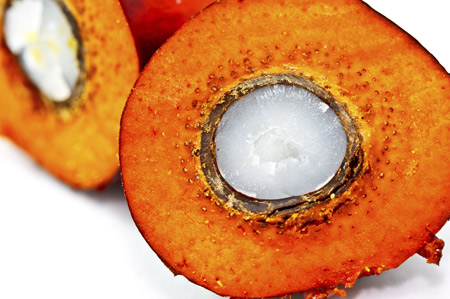 (Bloomberg) – China’s increased appetite for palm oil ahead of Lunar New Year celebrations is likely to wane as buyers switch to cheaper soyoil in coming months.
(Bloomberg) – China’s increased appetite for palm oil ahead of Lunar New Year celebrations is likely to wane as buyers switch to cheaper soyoil in coming months.
China’s palm oil imports rose 9.3 percent in December from a year earlier to the highest for the month since 2012, customs data showed this week. Purchases typically rise a couple of months before the week-long Lunar New Year holiday that usually falls in January or February as refiners and food makers restock palm oil used to fry instant noodles, dumplings and spring rolls. This year’s holiday begins Feb. 8.
“In the short term, yes, it could be restocking to boost up their inventory levels,” said David Ng, derivatives specialist at Phillip Futures Sdn Bhd. in Kuala Lumpur. “Going forward, when this seasonal demand fades, then there’ll be a different picture altogether.”
Weakening Chinese demand threatens to weigh on prices that climbed in 2015 on concern El Nino will curb supply. The outlook for lower consumption in the second-biggest edible oil buyer comes as Malaysian stockpiles hold near a record and as crude oil’s slump may curb the use of palm in biofuels. Weaker soybean prices are also making soyoil more attractive to buyers.
Soybeans in Chicago fell 16 percent in 2015, a third annual loss amid ample global supply, while palm in Kuala Lumpur climbed 9.7 percent, the most since 2010. Futures rose 0.5 percent to 2,487 ringgit a ton at 3:11 p.m. local time. Imports of palm olein may decline 8 percent in January, according to a CIMB Futures survey of 6 Chinese traders.
Traders are buying more soybeans to take advantage of lucrative crushing margins, boosting domestic soybean oil stockpiles to near a record level, said Ng. Buying more soybeans means more soybean oil, a byproduct from crushing and a cooking oil that competes with palm.
“In terms of cost-efficiency, they prefer using soybean oil,” said Chong Hoe Leong, an analyst at Public Investment Bank Bhd in Kuala Lumpur. “There’s a possibility China’s palm oil demand will continue to decline.”
China’s soybean imports increased 6.9 percent in December from a year earlier, helping push full-year purchases to a record in 2015, Chinese customs data show. Inbound shipments rose to meet rising demand for soybean meal, used to feed livestock, said Hiro Chai, associate director at CIMB Futures Sdn Bhd in Kuala Lumpur.
Meat and Milk
A boom in livestock output in China, the top pork consumer, to meet growing demand for meat and milk led to a shortage of grains for animal feed, prompting some regions to rely on imports, BMI Research said Jan. 20. Meat and milk production expansion will continue through 2020, growing by 3.4 percent and 4.9 percent per year, respectively, it said.
“The longer term picture shows that China may start shifting demand from palm oil to substitutes such as soybean oil,” said Ng at Phillip Futures. “The global soybean supply is going to be bountiful for another year. Given that we don’t see much upside for soybean prices, this will definitely hurt sentiment for palm in the short term.”




